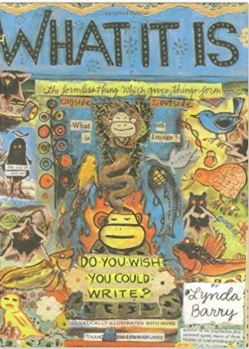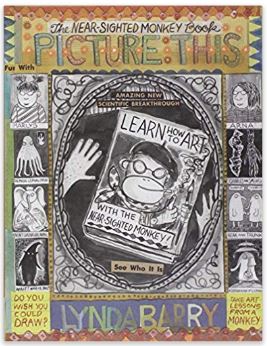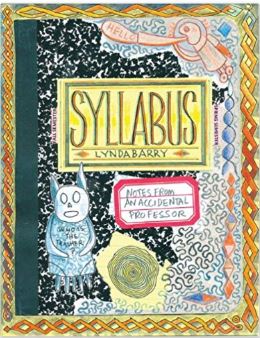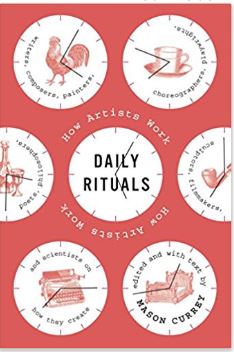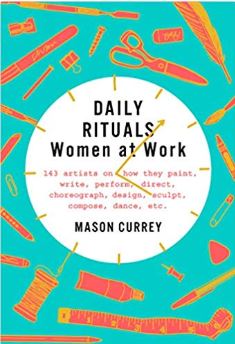People at conferences always ask me what books they can read to learn more about Deliberate Creativity and the Foursight model of Creative Thinking. (You can use those links, of course, to read my blog on each.) The creativity model I use – Deliberate Creativity – aka Creative Problem Solving – doesn’t really have a big presence in published books. And those that are published (Think Better, by Tim Hurson and More Lightning, Less Thunder, by Bob Eckhert and Jonathon Vehar) are entirely geared toward business innovation and collaborative creativity. Most of the insights and research still exist mostly in scientific peer-reviewed literature, which is of course, where I did most of my reading for my Masters, and what I base my Decoding Creativity practice on. (I might remedy that in the near future… stay tuned.)
But there are myriad books about creativity and enhancing creativity, not necessarily based on the scientific research. In the following list, I’m avoiding the many books on business innovation – though they often capture a good model and provide tools for expanding creativity among reluctant creators. As writers, we don’t question our creativity. That is why it is all the more frustrating when creativity fails us.
Here I have undertaken to provide access to what I consider the best creativity books for individual creatives. I’ve identified 10 and offer them in rank order based on the impact they had on my life as a perennial student of creativity.
But before I begin ranking these lovely, lovable books, I’ll give you the link to my own creativity book – which incidentally does use the Foursight model in a discussion of how gender affects creative thinking: Sex, Lies and Creativity – Gender Differences in Creative Thinking.
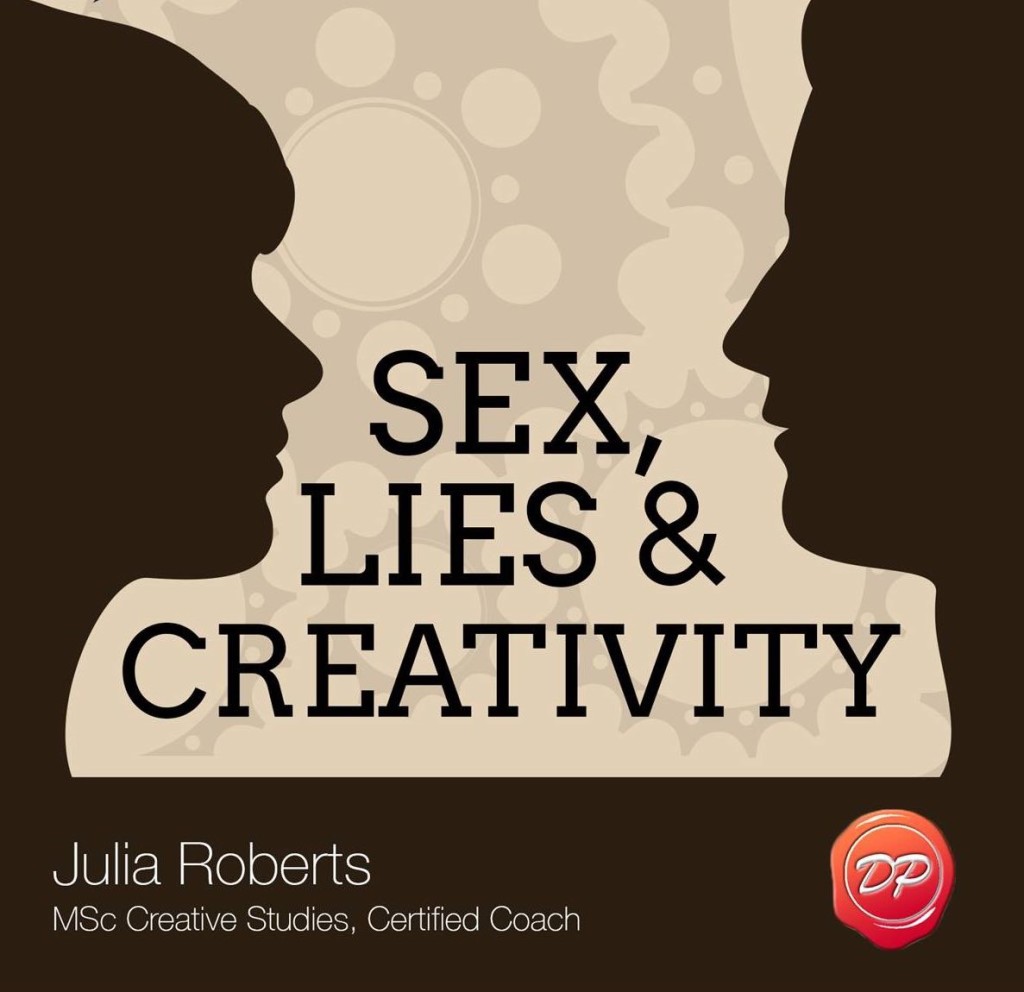
So, here goes – my top 10 books on creativity – you asked!
#1 Favorite Book: What it Is – Do You Wish You Could Write?, by Lynda Barry
Why I Love it: This is an esoteric, artful meandering through the subconscious, Lynda Barry’s childhood and a veritable how-to for how to boost your observation skills, run around your resistance, and create in ways you might not think you even could. The companion piece Picture This – Do You Wish You Could Draw? is equally inventive, encouraging and informative. Lynda Barry calls herself an “accidental professor” and lays out her lessons to be half inspiration/information and half homework. You learn and try a lot of new things. Add in one other by her: Syllabus, which provides a full and fantastic curriculum for diving deep into your creativity.
#2 Big Magic: Creative Living Beyond Fear, by Elizabeth Gilbert
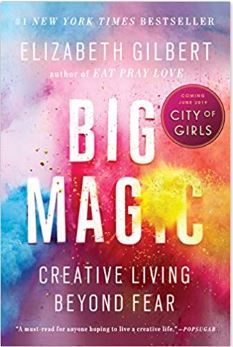
Why I Love it: Reading Big Magic, it’s no surprise that Elizabeth Gilbert managed to write a huge bestselling book that became a blockbuster movie starring Julia Roberts. (The other one.) She describes her relationship to creativity, wherein she considers herself the mere vessel of genius. She writes with diligence and without expectation. She advises that you work to serve your writing and not the other way around. This approach to work helps you silence ego and allows your brilliance to flow out. I blogged about this book, here.
#3 Walking in This World: The Practical Art of Creativity, by Julia Cameron
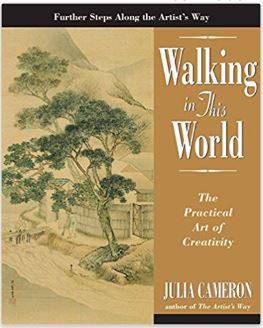
Why I Love it: Julia Cameron is one of the earliest self-publishing success stories, since The Artist’s Way (1992) has become a veritable cottage industry of “creative recovery.” Her primary premise is that creativity is spirituality. For me, Walking in This World takes her sensibilities to a slightly more practical place, and that suits me better. I’ve participated in and led several Artist’s Way circles, using the book as a guide, and always was enriched by the experience and the people I shared it with.
#4 Daily Rituals: How Artists Work, by Mason Curry
Why I Love it: Is there ANYONE reading this who hasn’t wondered, do I work hard enough? Is it okay to go out for lunch? Is taking a walk a waste of time? Do I have to get up and write ten pages before breakfast? This book answers those basic, basic human questions about how to be a great writer or artist in between bouts of real life. It is a joy to know Flaubert wrote into the night after everyone else was asleep, and that Voltaire may have written 18 hours a day, but Gertrude Stein felt that 1/2 hour of solid writing was a good day’s work. It humanizes our efforts and gives us permission for any habit, ritual or practice. Plus, it’s like People magazine’s feature: “Celebrities! They’re Just like Us!” for the literary elite. Can’t wait to read his new edition.
#5 Coaching the Artist Within: Advice for Writers, Actors, Visual Artists, and Musicians, by Eric Maisel, PhD

Why I Love it: This book has no equal for helping a writer delve into the abyss that is creative resistance. Maisel has helped thousands of creative people, famous and everyday, who struggle with paralyzing thoughts and times of avoidance and indecision. He offers enormous insight into the creative mind and simple, lovely tools for helping the writer (or artist) move forward.
#6 The Writer’s Journey: Mythic Structure for Storytellers, by Christopher Vogler
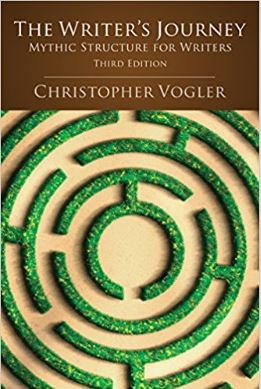
Why I Love it: For some of us, our creative struggle comes in the development phase. We have ideas, we’re getting underway and we get bogged down in what is sometimes called the soggy middle. This book – used by all Disney screenplay writers by decree – clarifies plot structure as dictated by characters and character archetypes. Very heady stuff.
#7 The Anatomy of Story: 22 Steps of Becoming a Master Storyteller, by John Truby
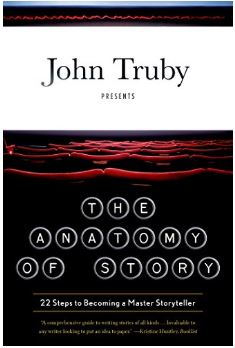
Why I Love it: The 8-point plot arc is so high school when compared to Truby’s 22 steps to telling a masterful story. This method works as a starting point, and as a diagnostic in rewrite phase. What is your plot missing? Why does a certain character seem “thin?” Apply these 22 steps, and you’ll get a robust, intertwined plot that creates strong central characters as a consequence.
#8 Flow: The Psychology of Optimal Experience, by Mihaly Csikszentmihalyi
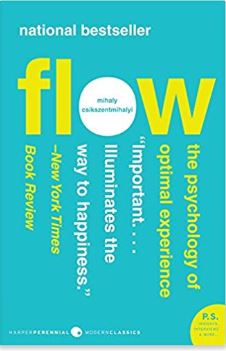
Why I Love it: The science nerd in me loves this straightforward demonstration of the observed phenomenon of “Flow” – that state of creating when you feel extremely absorbed in the “world” you are creating. You lose track of time, body and work within a peak experience. You sense an almost euphoric state of concentration and complete involvement. Csikszentmihalyi also gives us pointers as to how to achieve flow more regularly in our lives.
#9 The War of Art: Break Through the Blocks and Win Your Inner Creative Battles, by Steven Pressfield
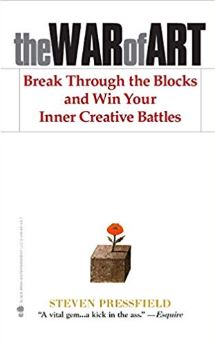
Why I Love it: I do not love this book. But I know from my audiences at writers’ conferences, that it is helpful for lots and lots of people. For me it intensifies the battle – in a very masculine way – so that overcoming it is an act of sheer will, and a win for the ego, the very ego your art is battling. I prefer a softer approach to this wall of resistance, but if “Just Do It” is your first way forward, so be it. Hopefully over time, you can enter a state of flow and writing satisfaction without having to marshal your troops and call it war.
#10 How to Be An Explorer of The World: Portable Life Museum, by Keri Smith
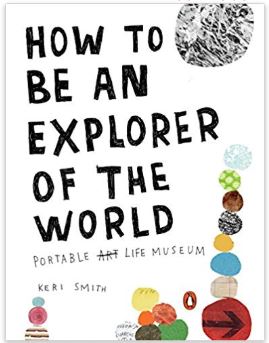
Why I Love it: We all have day jobs. Many of us write for a living and feel our creativity crushed by workday’s end. Keri Smith has a unique approach to sustaining your inner artist so you don’t have to repress and forget the things you desire to write.
Books on my reading list:
The Business of Being a Writer, Jane Friedman, Fearless Writing, William Kenower, Elements of Style, Illustrated, Strunk, White, Kalman. I’ll let you know.
Make your book recommendations!
Tell me your faves in the FB Group – Write Without the Fight
